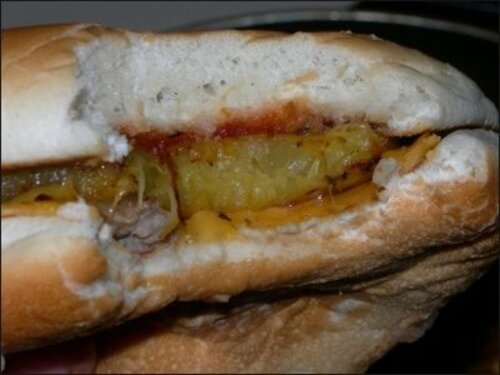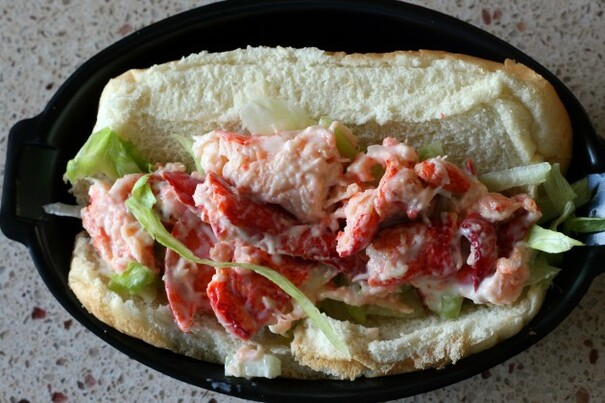
- Australia's largest state hits record-high COVID-19 cases despite weeks of strict lockdown. 'It's a tinderbox ready to explode,' one official said.
- eToro says crypto made up 73% of trading commissions in the last quarter, as retail customers dived in
- A flight attendant says she was too exhausted to report a passenger who shoved her when a flight was overbooked: report
- US jobless claims climb for first time in 5 weeks, to 353,000
NEW PRODUCT DEVELOPMENT always has a level of risk attached to it, and for fast food companies like McDonald’s, the pace of the business requires the constant creation of new menu items.
McDonald’s has hundreds of different products that are offered in locations worldwide, but for every tremendously successful one like the iconic Big Mac, there’s a spectacular failure.
Why? Ineffective marketing, bad product launches and consumer reluctance for change are common. But when you’re dealing with food, there’s always the simplest of reasons: people just don’t like the taste.
We’ve compiled 12 of the biggest failures McDonald’s has ever had. Some fizzled into obscurity, while others vanished completely. (Note: not all of these even made it to Irish shores…)

































COMMENTS (23)